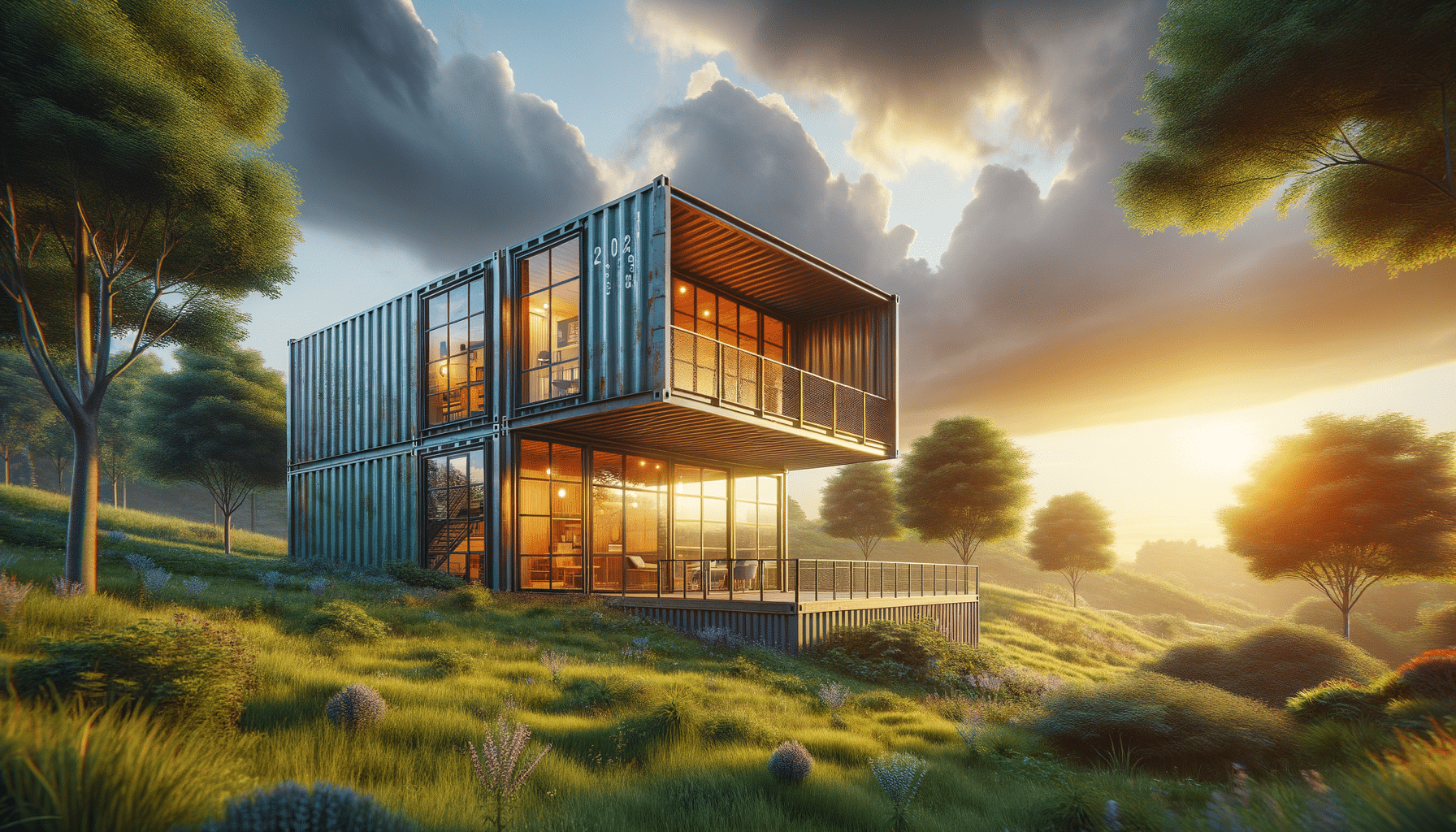
container house
Introduction to Container Houses
In recent years, the housing industry has witnessed a shift towards more sustainable and cost-effective solutions. Among these innovative approaches, the concept of a container house has gained significant traction. A container house is essentially a residential structure made from shipping containers, which are repurposed to create functional living spaces. These homes not only offer an eco-friendly alternative to traditional housing but also provide a unique aesthetic that appeals to modern sensibilities.
Container houses are particularly relevant in today’s context of environmental awareness and the need for affordable housing solutions. With the global population on the rise, the demand for housing is increasing, leading to a surge in construction costs and resource depletion. Container houses address these challenges by utilizing existing materials, thereby reducing the carbon footprint and offering a viable solution to housing shortages.
Design and Construction of Container Houses
The design and construction of a container house involve transforming standard shipping containers into livable spaces. These containers, typically made of steel, provide a strong and durable structure that can withstand harsh weather conditions. The process of converting a shipping container into a home involves several steps, including insulation, cutting out windows and doors, and adding interior finishes.
One of the advantages of container houses is their modular nature, allowing for flexibility in design. Homeowners can stack multiple containers to create multi-story structures or arrange them in various configurations to suit their needs. This modularity also facilitates easy expansion, making it simple to add more space if required.
Moreover, the construction process of container houses is relatively quick compared to traditional homes. The basic structure is already in place, which significantly reduces the time required for building. Additionally, the use of recycled materials aligns with sustainable building practices, contributing to a reduced environmental impact.
Benefits of Living in a Container House
Living in a container house comes with a plethora of benefits that appeal to a diverse range of individuals. One of the most compelling advantages is cost-effectiveness. Building a container house is generally cheaper than constructing a conventional home, as it utilizes existing materials and requires less labor.
In addition to affordability, container houses offer environmental benefits. By repurposing shipping containers, these homes contribute to waste reduction and resource conservation. Furthermore, container houses can be designed to be energy-efficient, incorporating features such as solar panels, green roofs, and rainwater harvesting systems.
Another benefit is the unique aesthetic of container houses. Their industrial look can be customized to reflect individual tastes, making them an attractive option for those seeking a distinctive living space. The versatility in design allows for creative expression, resulting in homes that are as functional as they are visually appealing.
Challenges and Considerations
Despite their numerous advantages, container houses also present certain challenges that need to be addressed. One of the primary concerns is insulation. Shipping containers are made of steel, which is a poor insulator. Proper insulation is essential to ensure comfortable living conditions, particularly in extreme weather.
Another consideration is zoning and building regulations. Container houses may face restrictions depending on local laws, which can affect their feasibility as a housing option. It is crucial for potential homeowners to research and comply with these regulations to avoid legal complications.
Additionally, the structural integrity of a container house must be carefully evaluated. Modifications such as cutting out large sections for windows and doors can weaken the container’s structure, necessitating reinforcements to maintain safety standards.
Future Prospects of Container Houses
The future of container houses looks promising as they continue to gain popularity across the globe. With advancements in technology and design, these homes are becoming more accessible and appealing to a wider audience. As awareness of environmental issues grows, the demand for sustainable housing solutions is expected to increase, positioning container houses as a viable alternative.
Innovations in construction techniques and materials are likely to enhance the functionality and efficiency of container houses. For instance, new insulation technologies can improve energy efficiency, while advancements in prefabrication can further reduce construction time and costs.
Moreover, the trend towards minimalist living and flexible spaces aligns well with the concept of container houses. As more people embrace sustainable living and seek affordable housing options, container houses are poised to play a significant role in shaping the future of residential architecture.


